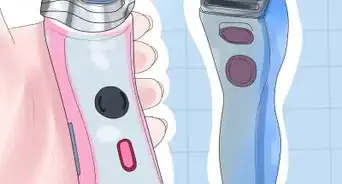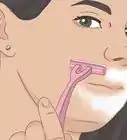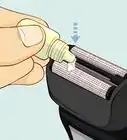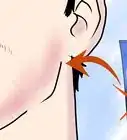This article was co-authored by wikiHow Staff. Our trained team of editors and researchers validate articles for accuracy and comprehensiveness. wikiHow's Content Management Team carefully monitors the work from our editorial staff to ensure that each article is backed by trusted research and meets our high quality standards.
This article has been viewed 347,092 times.
Learn more...
Since hair conditioner is designed to soften hair, it doubles as a perfectly serviceable substitute for traditional shaving cream. Whether you've run out of shaving cream of just prefer the silky feel of conditioner, try shaving with it!
Steps
Hydrating the Area to Be Shaved
-
1Wash the area to be shaved. Remove all dirt and grime that may clog your razor or find its way into any nicks or cuts that may occur with shaving.
-
2Hydrate your hair. Take a shower before shaving to ensure ample time for your hair to absorb the water. Otherwise, rinse the area to be shaved and apply a warm, wet towel for a few minutes, allowing your hair to grow wet and weak.Advertisement
-
3Apply conditioner. Use enough to cover the entire area to be shaved. For thicker and/or coarser hair, apply more as needed. Work it in to ensure your roots absorb as much as the rest of your hair. Give your hair a minute or two to absorb it.
- Do your research. Conditioner serves as an adequate substitute for shaving products in a pinch. However, since it was not designed for this specific use, it may not have been tested for it.[1] For long-term use, do some comparison-shopping. Check labels for any warnings, recommendations, or red-flag ingredients like sodium lauryl sulfate, which dehydrates the skin and removes natural oils. For best peace of mind, use a toxin-free product made with natural herbal ingredients.
-
4Rinse your hands thoroughly. Remove all traces of conditioner. Ensure a tight, firm grip on your razor.
Shaving
-
1Select the right razor. Use a five-blade razor to decrease razor burn.[2] . Check the blades for any nicks or dullness. Change the blades if needed to ensure a smoother shave. Rinse your razor under hot water to lubricate the blades and remove any dust, dirt, or leftover hair from previous shaves.
- For coarser hair, use a men’s razor, which is designed specifically for tough hair.[3]
-
2Start with the easiest part to shave. Avoid clogging your razor right from the start. Begin wherever your hair is thinnest. Save the thickest, coarsest areas for last, which will allow more time for your hair to absorb the conditioner.
-
3Go “with the grain.” Shave in the direction that your hair grows. Avoid the nicks, cuts, and ingrown hairs that are more likely to occur when shaving “against the grain.”
-
4Keep your strokes short. Shave only a short stretch at time to avoid clogging your razor.[4] Rinse the blades after each stroke to remove hairs, conditioner, and gunk.
-
5Keep your pressure light. Resist pushing the razor hard against your skin and hair, which will increase irritation and the likelihood of razor burn and bumps. Replace the blades if you’re unable to shave without pressing hard, since this probably means the original blades are too dull.
-
6Apply more conditioner as needed. As you near the end, add more to thicker, coarser hair if the original application seems to have worn off. Give your hair a minute to absorb the new application.
Rinsing Off and Cleaning Up
-
1Rinse your blade when finished. Remove all traces of hair and conditioner. Flick excess water off by shaking the razor. Allow it to air-dry by propping the razor blades-up so they’re not resting in any water that may pool underneath.
- If you shaved in the shower, remove the razor and keep it where it will stay dry until your next shave, since water dulls the blades over time.[5]
-
2Clean your skin. Rinse with warm water, removing all traces of shaving. Wash with face or body wash, preferably one with tea tree oil and witch hazel as ingredients, which will help soothe and heal your skin.
-
3Rinse your skin. Use cool water, which will close your skin’s pores. Then pat dry, using a clean towel, and apply aftershave lotion or conditioner.
Community Q&A
-
QuestionCan this process work on legs?
 Community AnswerYes, it can work on any body part.
Community AnswerYes, it can work on any body part. -
QuestionCan I shave my mustache with conditioner?
 Community AnswerYes.
Community AnswerYes. -
QuestionWhich type of conditioner is suitable for shaving?
 Community AnswerHigh-end conditioners aren't necessary for shaving; however, cheap conditioners may be more likely to contain harsher chemicals. Since the act of shaving also strips layers of skin off of your body as well as hair, use natural herbal products for long-term use.
Community AnswerHigh-end conditioners aren't necessary for shaving; however, cheap conditioners may be more likely to contain harsher chemicals. Since the act of shaving also strips layers of skin off of your body as well as hair, use natural herbal products for long-term use.
Warnings
- High-end conditioners aren't necessary for shaving;[6] however, cheap conditioners may be more likely to contain harsher chemicals. Since the act of shaving also strips layers of skin off of your body as well as hair, use natural herbal products for long-term use.⧼thumbs_response⧽
Things You'll Need
- Hair conditioner
- Multi-blade razor
- Lotion
- Towel
- Water
References
- ↑ http://www.esquire.com/style/grooming/a20013/shaving-hair-conditioner-hanz-de-fuko-022713/
- ↑ http://www.teenvogue.com/story/shaving-tips-for-smooth-skin
- ↑ http://www.bustle.com/articles/83731-9-shaving-hacks-to-get-that-smooth-clean-shave-while-avoiding-cuts-irritation
- ↑ http://www.teenvogue.com/story/shaving-tips-for-smooth-skin
- ↑ http://www.bustle.com/articles/83731-9-shaving-hacks-to-get-that-smooth-clean-shave-while-avoiding-cuts-irritation
- ↑ http://stylecaster.com/beauty/shaving-cream-alternatives/
About This Article
If you’re out of shaving cream, you can shave any part of your body just as easily with regular conditioner. First, rinse your hair, apply the conditioner, and rub it into your roots. Leave the conditioner to soak in for a couple of minutes, then shave like normal. Make sure you shave in the same direction as your hair growth so you don’t irritate your skin. You may need to apply a little more conditioner as you go. When you’ve finished, just rinse your skin and the razor. If you want to use conditioner for shaving long-term, use natural products that don’t contain sodium lauryl sulphate, since this can dehydrate your skin. For more tips, including how to avoid clogging your razor blade when shaving, read on!
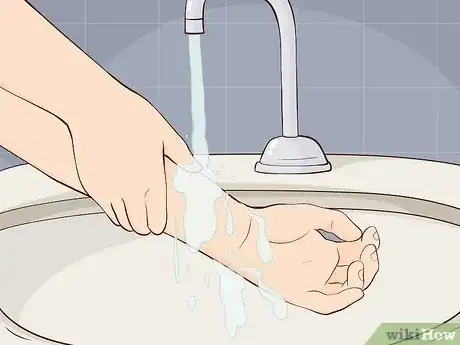
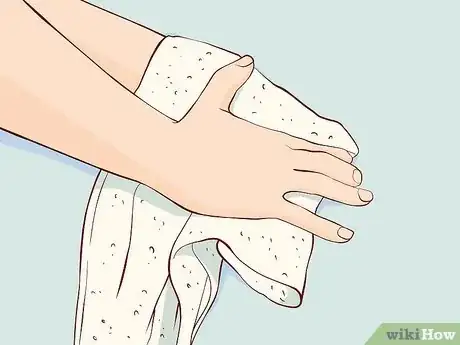
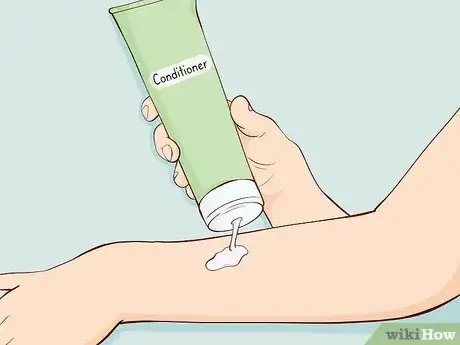
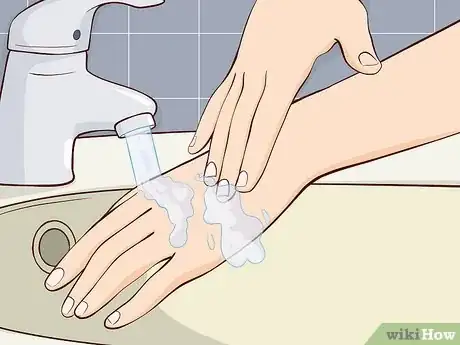
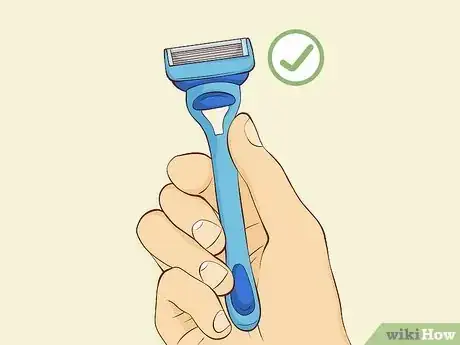
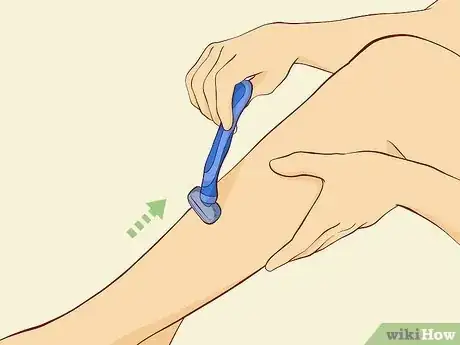
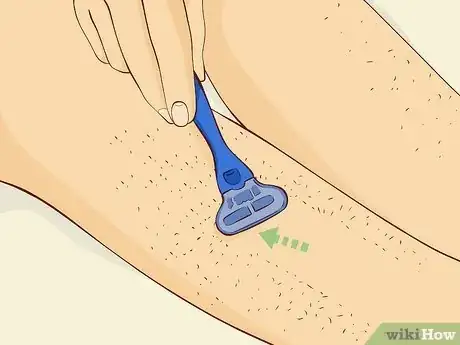
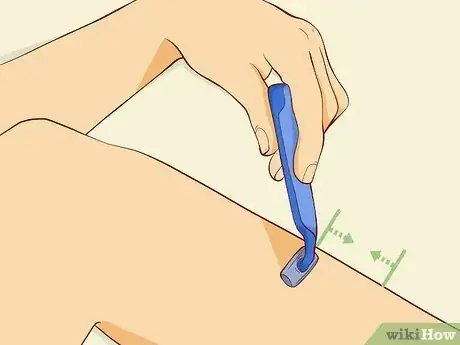
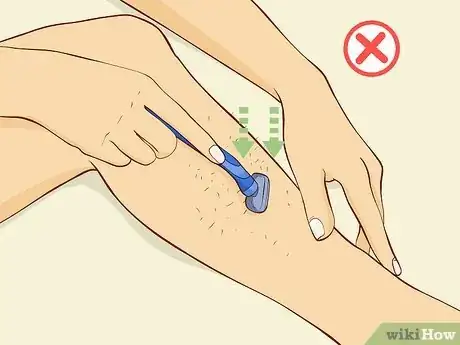
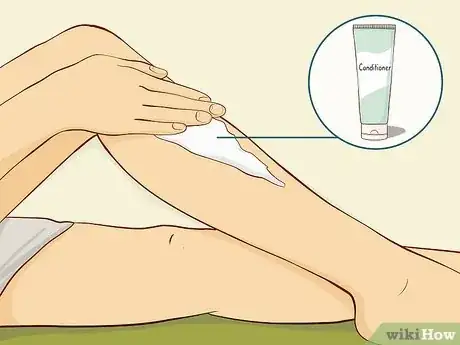
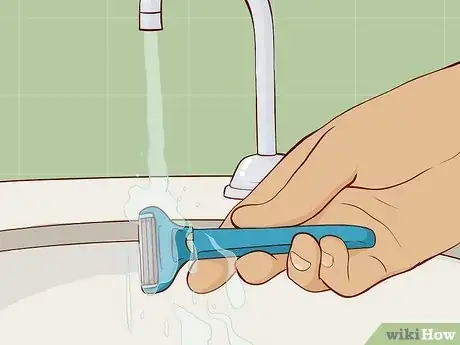
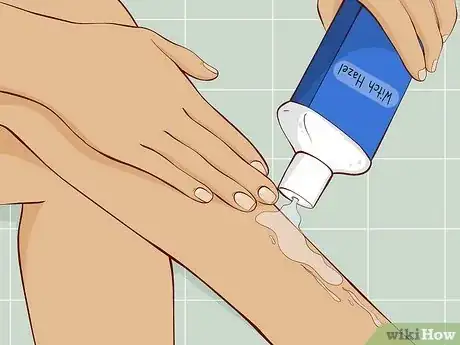
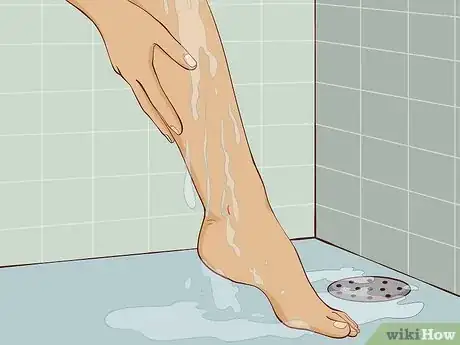
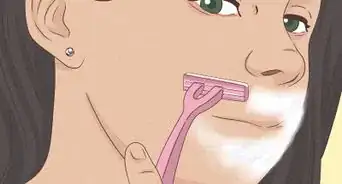
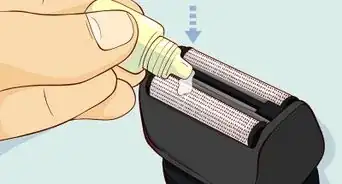
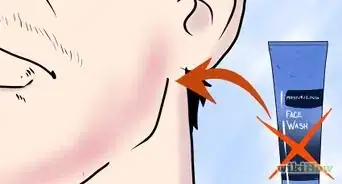
-Step-14.webp)

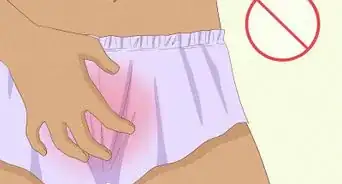
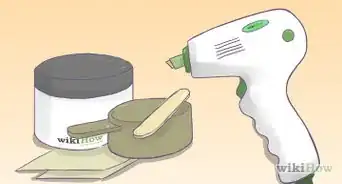

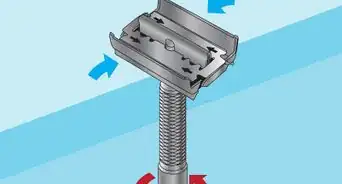
-Step-10-Version-2.webp)
